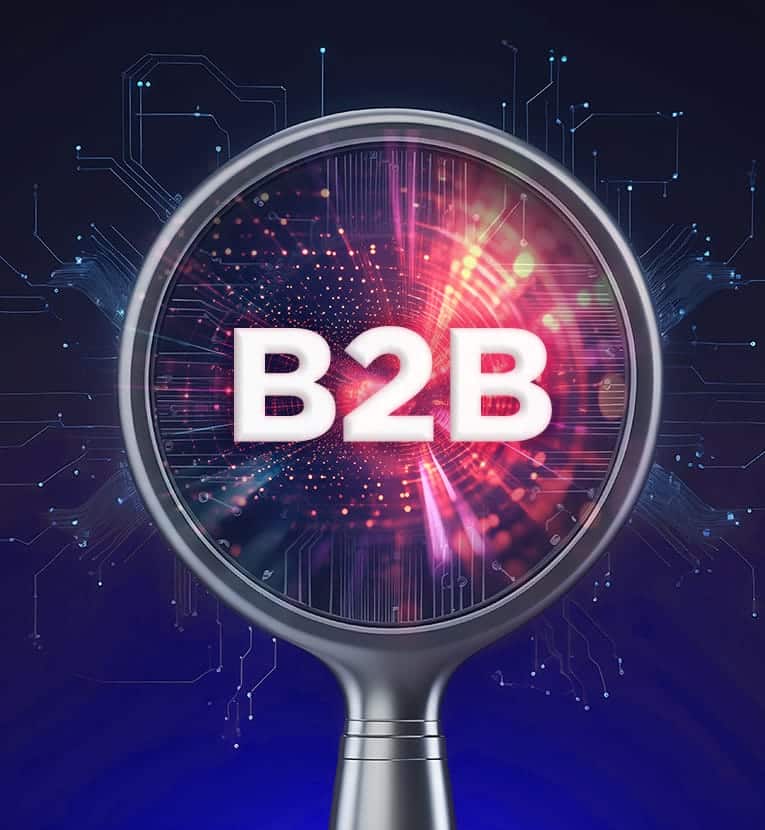Most marketing teams invest in marketing automation for the promise of efficiency: the ability to do more with less, nurture leads at scale and bring order to the chaos of modern marketing. But without a clear segmentation strategy, even the most powerful platform (HubSpot, Marketo, Pardot, or others) can end up as an expensive email sender.
Customer journey segmentation changes that. It turns your database from a flat list into a dynamic ecosystem where prospects and customers receive content that reflects where they are in their decision process, what line of business they’re in, and how engaged they are with your brand.
At Signal, we’ve seen firsthand how journey-based segmentation transforms marketing automation from a box-checking tool into a true driver of ROI. Here’s how it works and how to start building it into your own system.
What Is Customer Journey Segmentation?
Customer journey segmentation goes beyond demographic or firmographic data such as industry, company size, or geography. Instead, it aligns your contacts with their stage in the buying journey, typically awareness, consideration, and decision, and adjusts your marketing activities to meet them there.
Think of it as creating parallel tracks for your audiences:
- Awareness: They’re learning who you are and what you do.
- Consideration: They’ve shown interest, maybe downloaded a guide or attended a webinar.
- Decision: They’re talking with sales, evaluating options, or ready to buy.
This journey-based structure gives marketing and sales a shared language for lead quality, content alignment, and handoffs.
Why It Matters
We have a client with multiple business lines including janitorial, landscaping, and facilities management, each with its own set of buyers and services. Like many complex B2B organizations, they needed a better way to deliver the right messages to the right people at the right time. By defining journey-based segments, we’re helping them:
- Establish clear criteria for each stage.
For example, a contact who visited a product page twice but hasn’t filled out a form might still be in awareness. A contact who downloaded a proposal template and booked a demo might move to consideration. - Align content and cadence.
Awareness-stage contacts get educational resources, while decision-stage prospects receive more targeted offers or testimonials. - Prevent overlap between marketing and sales.
If someone is already in active sales conversation, marketing can pause nurture emails or shift to reinforcement content instead of continuing broad outreach.
These simple shifts can mean the difference between campaigns that nurture trust and ones that annoy potential customers.
The Benefits of Journey Segmentation
- Higher Engagement and Conversion Rates
Segmented campaigns consistently outperform general ones. Tailored messaging feels personal, and personalization is what drives clicks, replies, and conversions. - Better Lead Scoring and Sales Alignment
When you can map behaviors and attributes to specific journey stages, lead scoring becomes more meaningful. Sales teams know which leads are marketing qualified and which are just browsing. That transparency leads to fewer dropped handoffs and faster pipeline movement. - Smarter Marketing Automation Workflows
Automation platforms are built for this kind of logic. When contacts move from awareness to consideration, your system can automatically adjust the workflow, triggering new content sequences, changing frequency, or alerting sales. The platform becomes a living system that adapts as your customers do. - Insight for Continuous Optimization
Journey segmentation isn’t just about communication. It’s also an analytics goldmine. You can measure performance by stage, for example, which campaigns move the most contacts from awareness to consideration, and use that insight to strengthen your marketing strategy.
Building Your Base Segmentation Plan
Getting started doesn’t have to be complex. Here’s a practical framework Signal often uses when setting up segmentation in HubSpot.
- Define your base segments.
Start simple. Separate customers from prospects. Then divide by major lines of business, then add a layer for journey stage: awareness, engaged, and opportunity. - Establish criteria for each stage.
Use both behavioral and demographic signals.
Examples:
- Awareness: Visited website, opened one or two emails, but no form submissions.
- Engaged: Downloaded a guide, clicked multiple emails, or spent time on service pages.
- Opportunity: Booked a meeting, requested a quote, or was marked as an open deal in CRM.
- Align content and touchpoints.
For each segment, map what messages make the most sense.
- Awareness: thought leadership, how-tos, or blog content.
- Engaged: product videos, customer success stories, webinars.
- Opportunity: case studies, ROI calculators, comparison guides.
- Automate and score.
Use your marketing automation platform’s tools to assign points for actions and trigger movement between stages. For example, 10 points for a form fill, 5 for a webinar registration, 1 for an email click. - Review and refine.
Segmentation isn’t static. Review performance quarterly. If your awareness group stops engaging, re-evaluate your criteria or content. Journey-based marketing is iterative by nature.
When to Scale Up (and When to Keep It Simple)
Some clients worry this sounds like overkill, and in certain cases, it can be. A small company with one service line may not need ten journey stages or complex workflows. But even a simple three-stage approach (awareness, engaged, opportunity) can improve results.
On the other hand, larger organizations with multiple service divisions or markets should consider deeper segmentation to reflect those nuances.
When properly implemented, these layers don’t complicate marketing, they clarify it. They give your team a shared view of the customer and the ability to personalize at scale.
Signal has spent more than 30 years helping marketing leaders simplify the complex. Our senior-level digital marketing team has deep experience in marketing automation and CRM integration, from building customer journey frameworks to optimizing lead scoring models, helping clients strengthen their marketing ecosystem and turn fragmented marketing data into structured, actionable insight.
Let’s make your marketing automation smarter and your customers’ journey smoother. Ready to get more from your marketing automation
Contact Signal to start your journey segmentation plan today.






